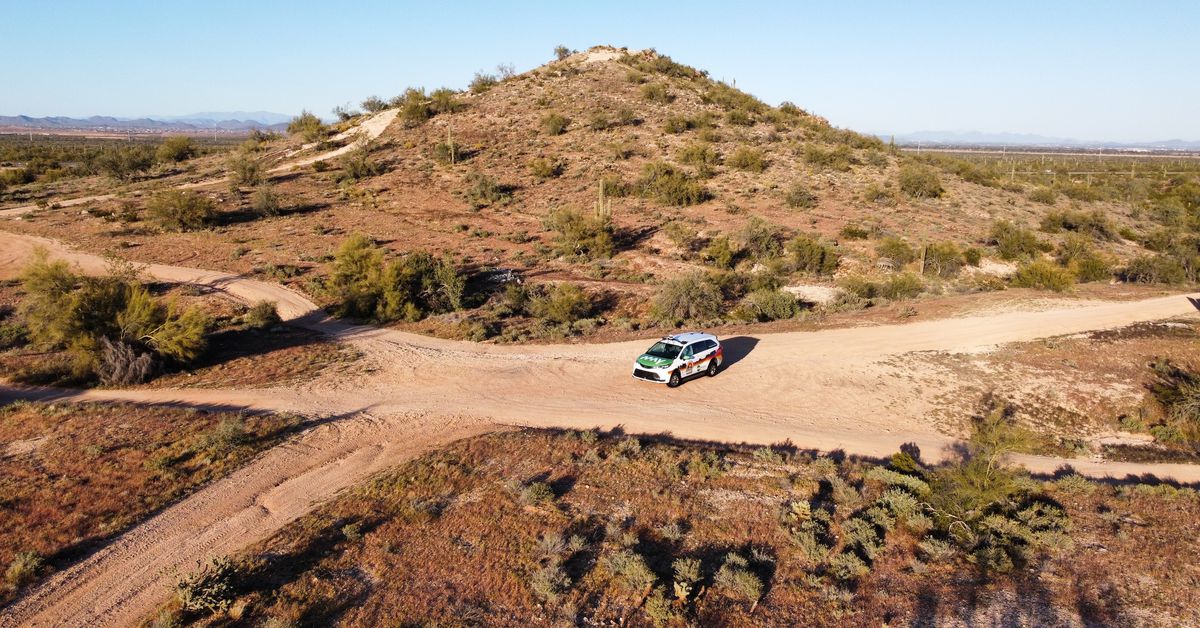This is the best summary I could come up with:
They argue that the only way to recoup the costs of developing the technology is to run a 24/7 service without safety drivers, targeting as broad a section of consumers as possible.
That is not May Mobility’s strategy, which is instead focused on fixed-route transportation in geofenced, easily mapped business districts, college campuses, and closed residential communities.
May’s first fully driverless service on public roads will launch in Sun City, Arizona, a retirement community outside of Phoenix.
Its vehicles — Toyota Sienna minivans retrofitted with autonomous sensors and hardware — will be free to use but will only operate Monday through Friday in the afternoons.
While Phoenix has its fair share of driverless vehicles — Waymo operates there, as did Cruise before a pedestrian injury in San Francisco forced it to ground its fleet — Sun City hasn’t seen as much activity.
A top Rhode Island official slammed May in a 2019 interview, criticizing the company’s inability to prove its vehicles were safer than human drivers and failing to equip its shuttles with working air conditions.
The original article contains 716 words, the summary contains 176 words. Saved 75%. I’m a bot and I’m open source!
Seems like a smart strategy, sounds a lot like a bus but just automated and much smaller in size, particularly running through residential areas that are typically seen as not worth transport investment.
The minivans are probably much easier to climb into (for injured or impaired individuals) compared to an SUV which may have an unnecessarilly high ride height and a door that doesn’t slide across for extra room



